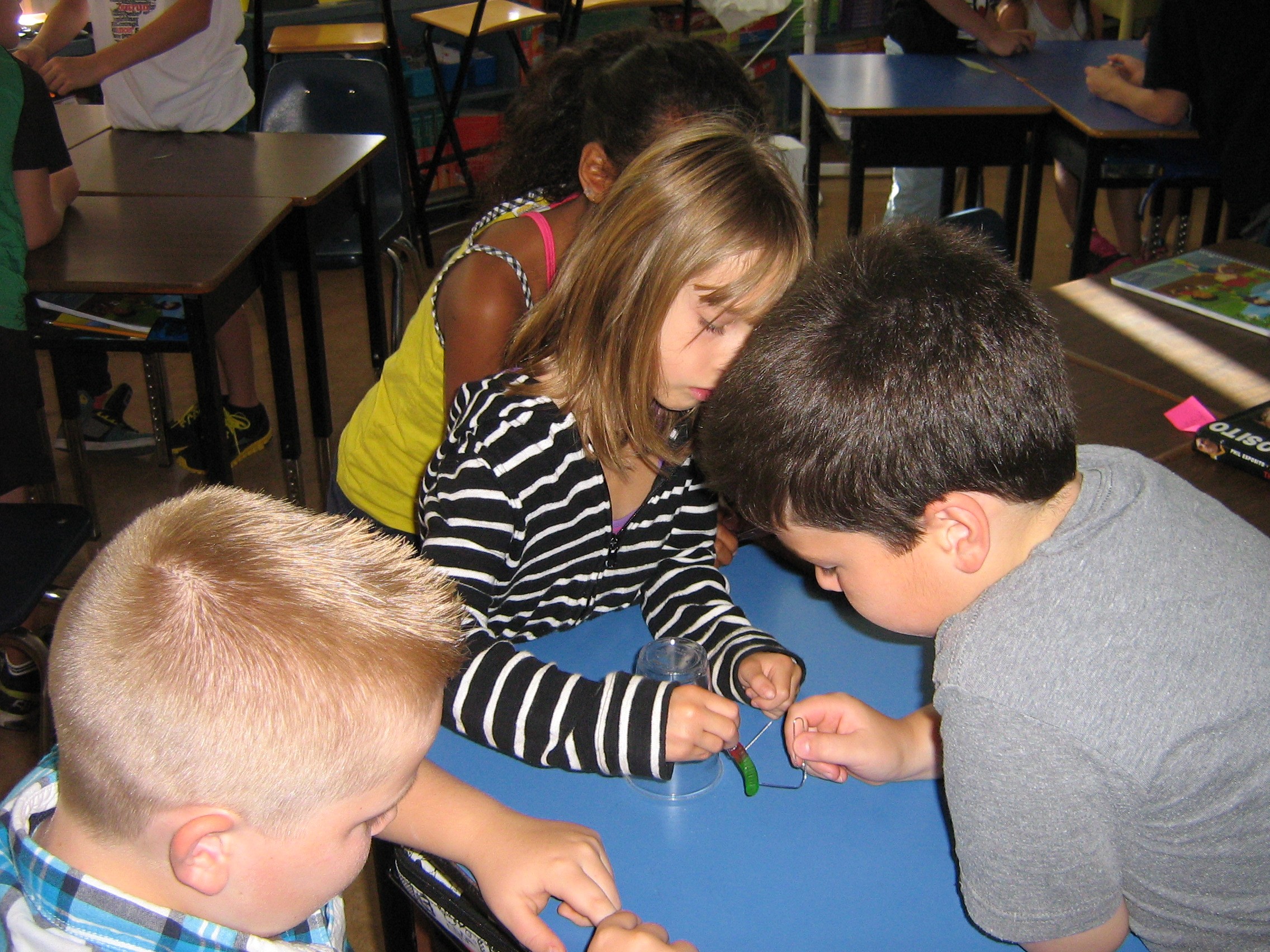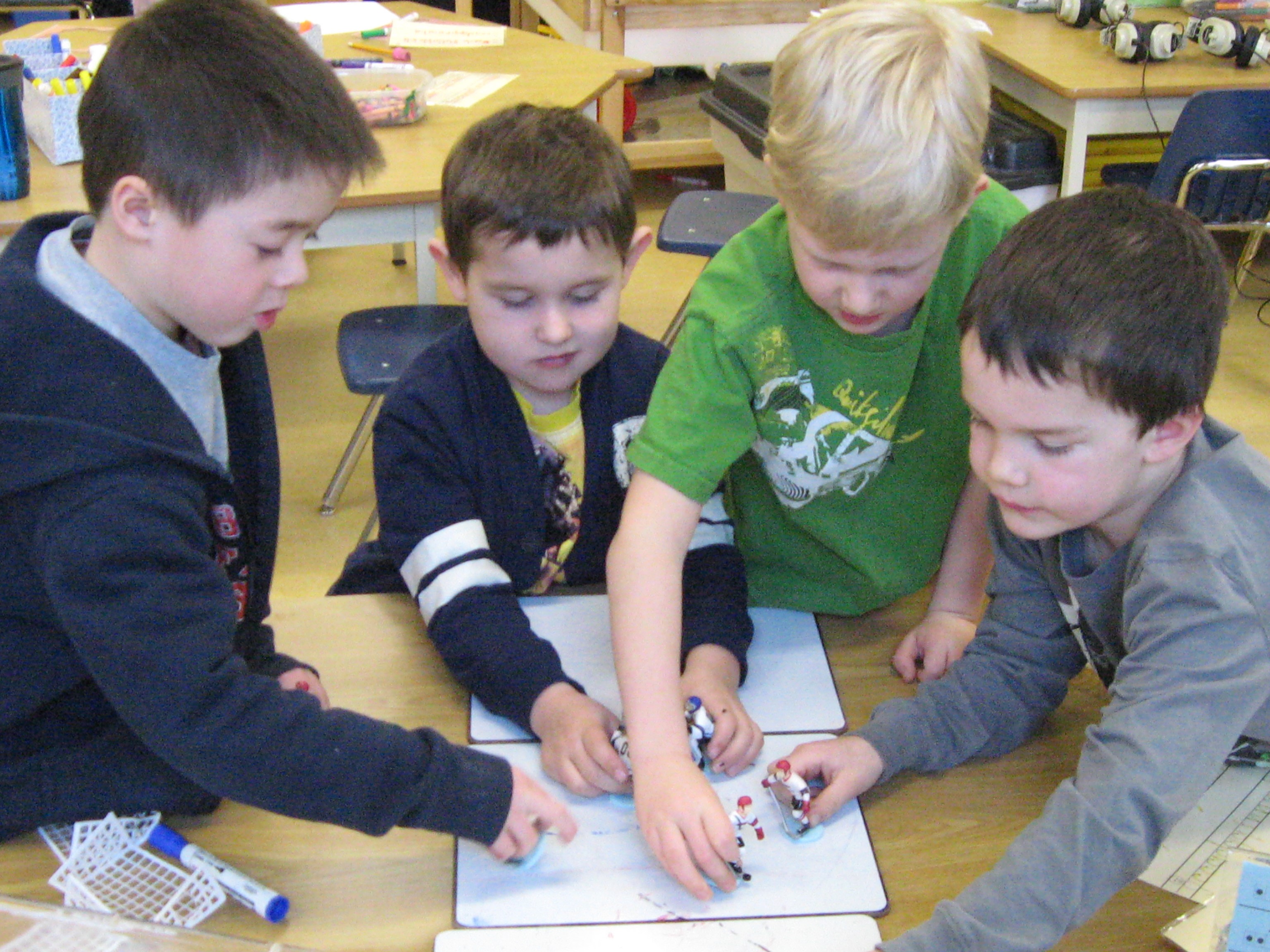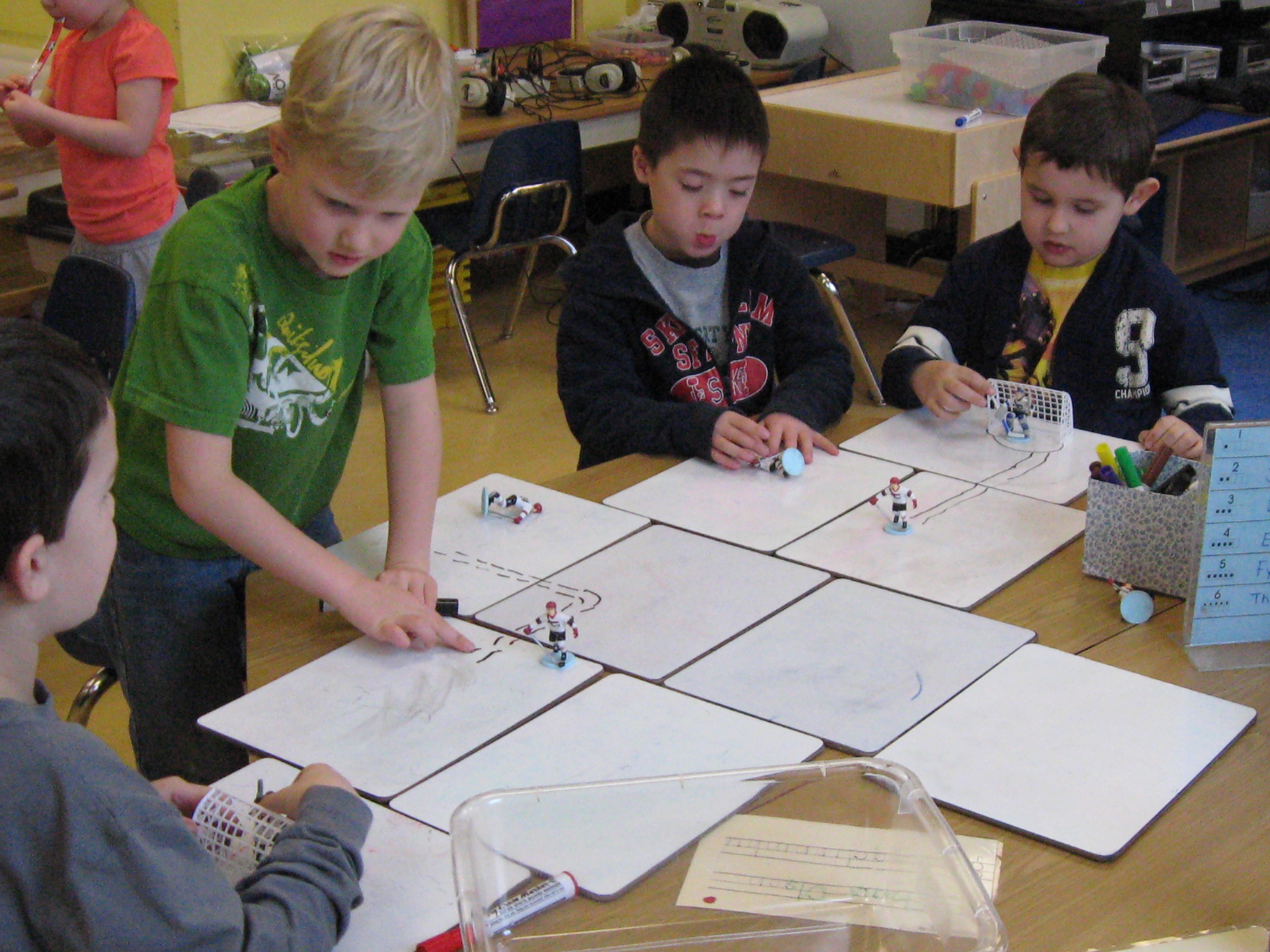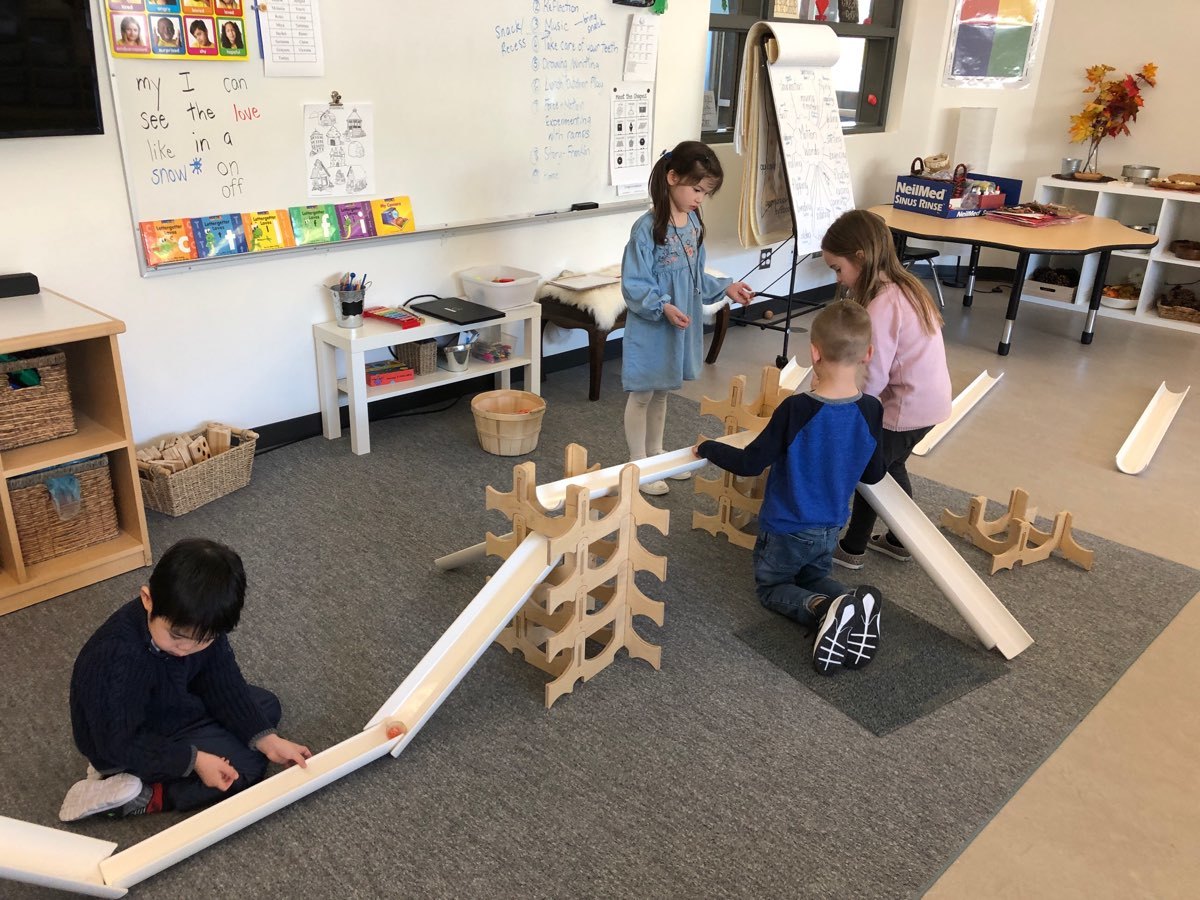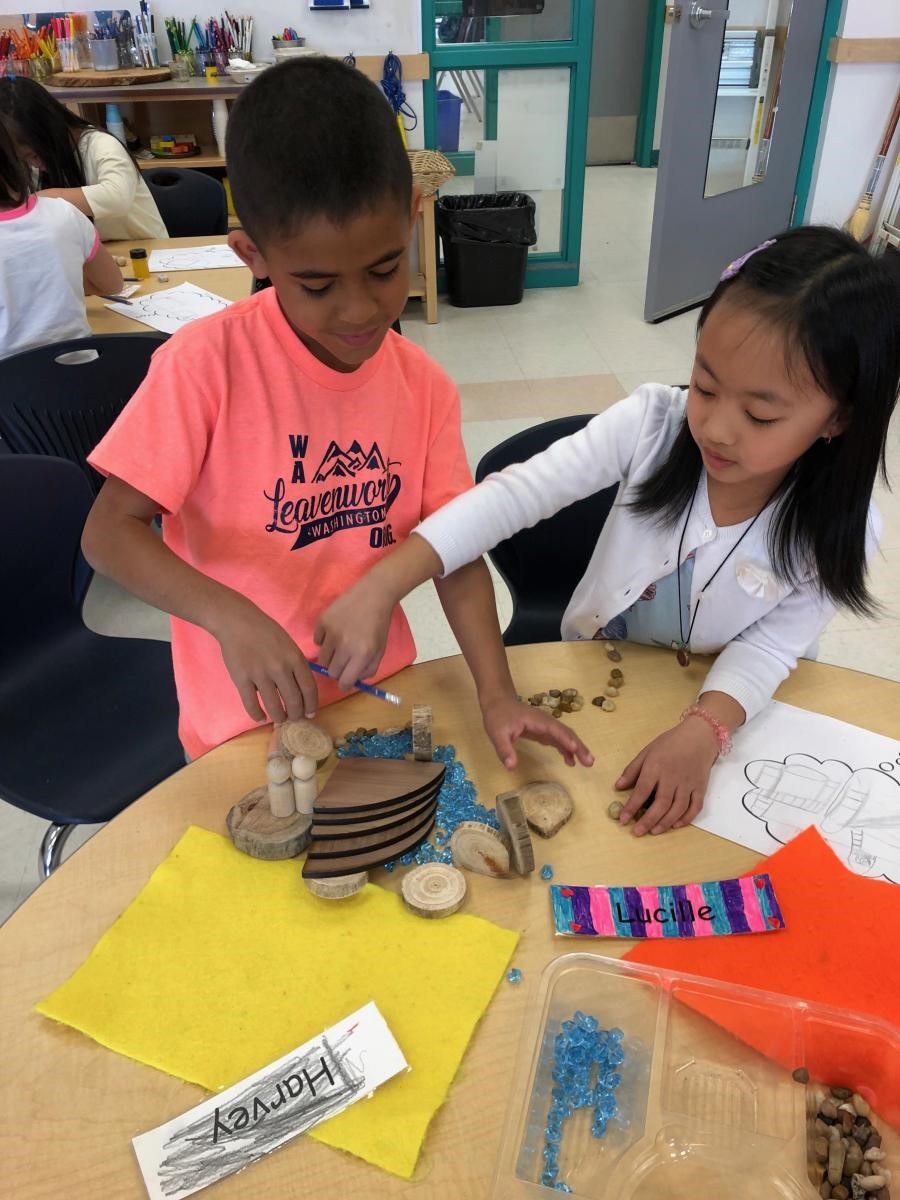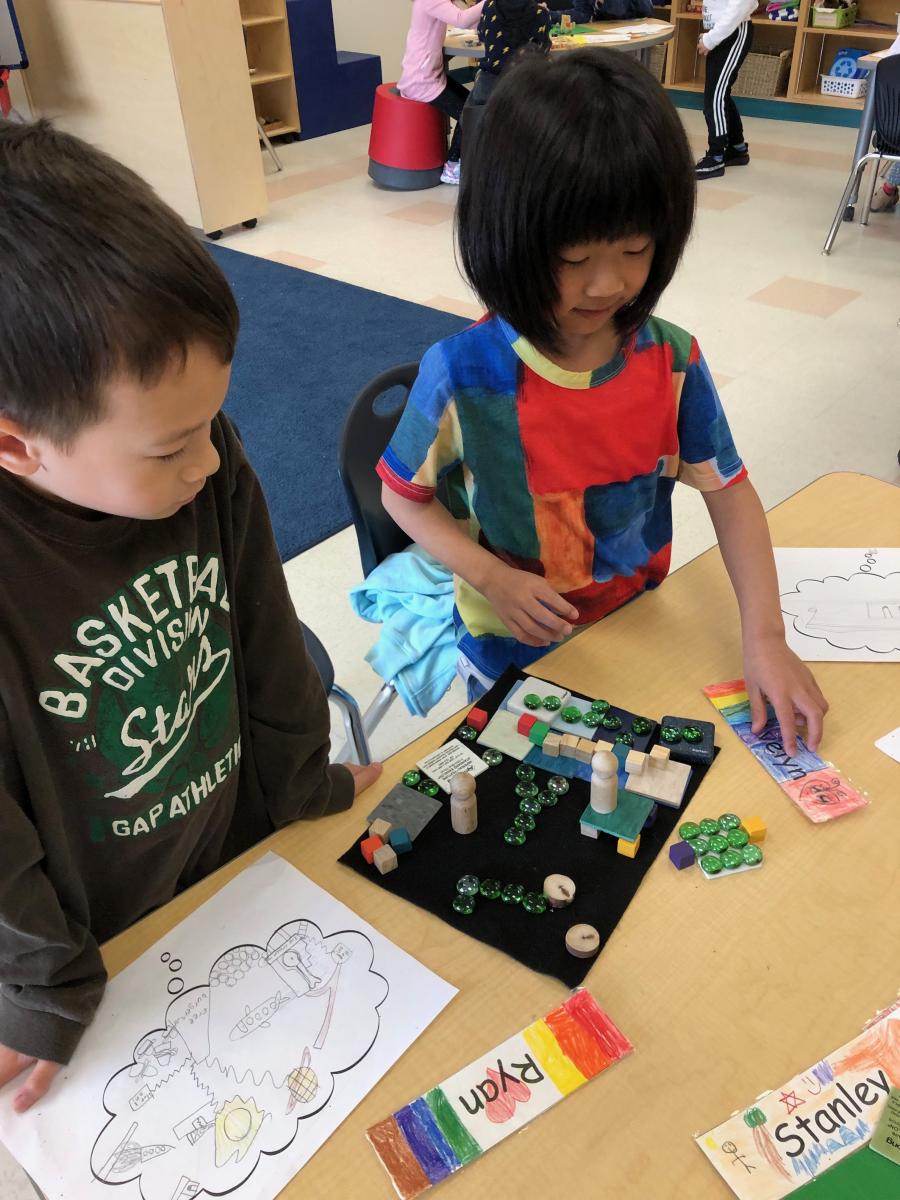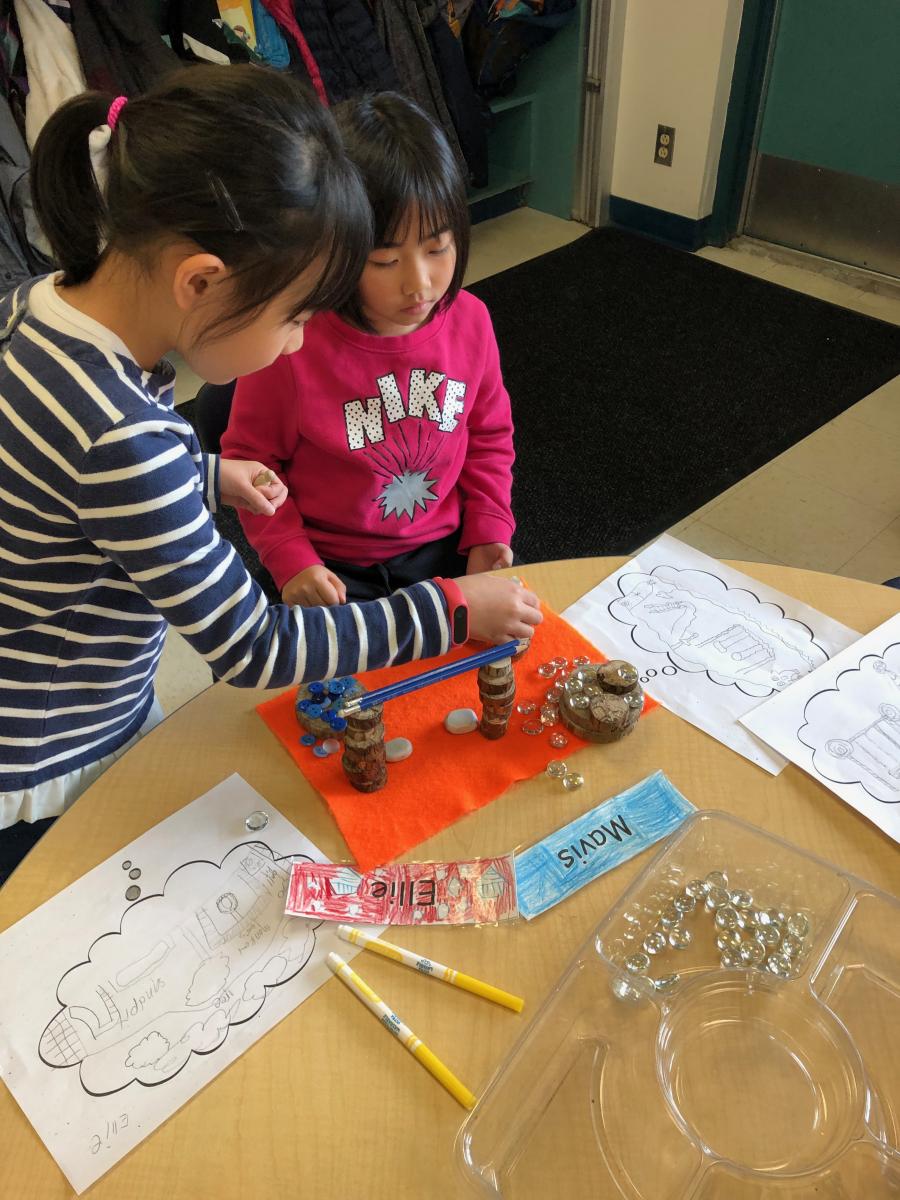Illustration Elements
Illustration Éléments
Context
A student asked of she could teach her classmates how to make handprint turkeys. Using classroom materials, she supported and supervised her classmates’ work. Throughout the session, she was quick to support others’ ideas and assist them when they had questions.
Illustration
Activity Photo
Activity Video
In familiar settings, I communicate with peers and adults.
I talk and listen to people I know. I can communicate for a purpose. I can understand and share basic information about topics that are important to me, and answer simple, direct questions about my activities and experiences.
I contribute during group activities with peers and share roles and responsibilities to achieve goals.
I take on different roles and tasks in the group and work respectfully and safely in our shared space. I express my ideas and help others feel comfortable to share theirs so that all voices are included. I work with others to achieve a common goal and can evaluate our group processes and results.
